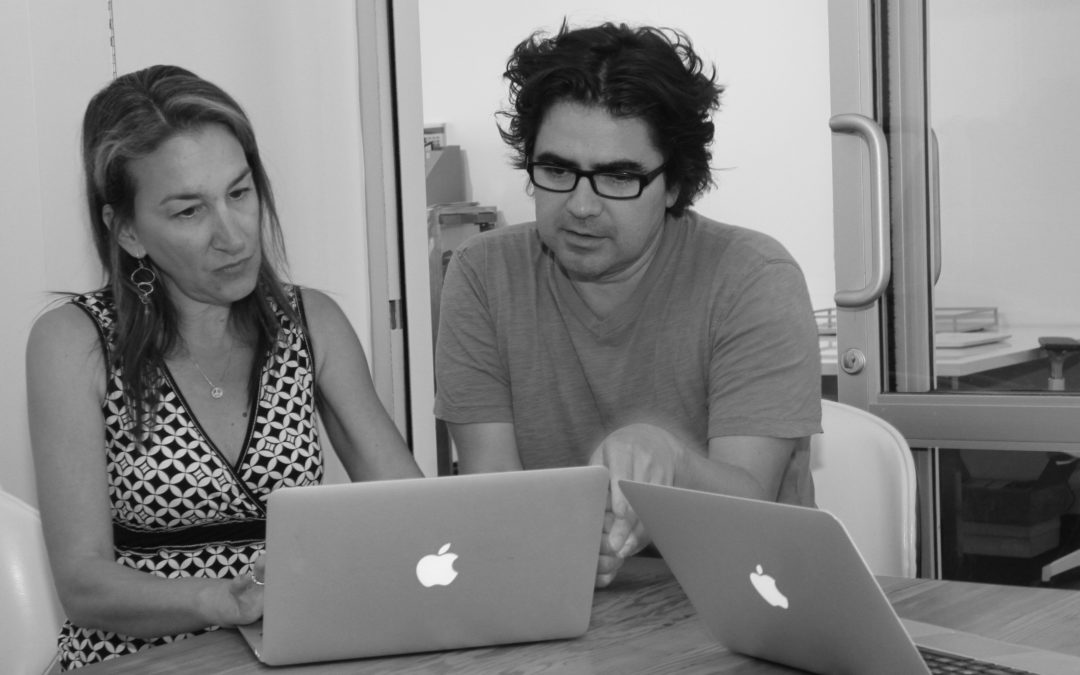What exactly will I get out of this relationship?
It’s a reasonable question for a company vetting a prospective paid media agency – or for anyone making an investment of time, money, and people. But it’s surprising how rarely the answer is questioned. It’s simply understood that the media commission model is the way things are done in this business.
Ripe for disruption.
Considering how our current media and technology culture celebrates disruption, the media commission model remains oddly untouched. It traces its roots back to a time when network television giants roamed the land and 15% agency commissions were the price of admission. Media commissions financed entire ad agencies and fueled the creative, but the results, largely due to the mediums used, were often difficult to analyze. How successful was that campaign? What did we learn from the investment? How should we adjust? Hard to say.
Scroll forward to the age of digital efficiency, marketing specialization, and performance-driven results and you’ll find the media commission model still standing. Not as tall. Or as confident. Or as quick on its feet. But still standing.
It’s not a perfect model, but what can you do? You’ve grown familiar with each other over the years. And it’s not like there’s a smarter, more attentive, more attractive paid media model out there waiting for you.
Except there is.
The future is embedding.
We love and respect our media commission colleagues. They helped build the industry and know it well. But for many of today’s clients, the model itself may no longer makes sense. The media commission typically rewards conflicting goals: (1) drive results for the client and (2) maximize both budgets and number of managed clients. With multiple clients, there is often precious little time to explore the nuances of marketing, where matters of success, failure, and cost efficiency typically dwell.
We thought it might be a good idea to change the approach. It’s called the embedded agency model, and we’ve found it a totally refreshing way to do business.
Here’s how it works.
Take the typical 10%–20% media commission a company spends every year. That could more than pay for a diverse agency team of digital marketing professionals working full time on your account. You’ll know they’re paying attention because they’ll be working in your office learning your product and its nuances inside out. That’s the embedded part. Your embedded agency team keeps its yogurt in your refrigerator, joins your fantasy football league, and knows if the company is having a good day – or bad – because they’re having the same day you are.
Embedded team members arrive as senior level marketers who proceed to master your specific business inside and out. The team works for one client – you – for a set fee that doesn’t vary with the ad spend. Remove that commission and suddenly we all have the same incentive. We can’t possibly expect you to renew the contract unless we prove we’re doing a good job. Accountability drives the embedded agency model.
Let’s get better together.
Your embedded agency will be happy to right-size your budget, while your commission model agency might focus on just that: commission.
Which brings us back to the question: what exactly are you getting out of this relationship?
The beauty of digital advertising is that it’s easily measured and quickly corrected. Your embedded agency will tell you if a big spend isn’t cost effective. We’ll alert you if a hot and hyped social media channel doesn’t actually work for what you’re trying to do. And if this is indeed the perfect time to strike, we’ll recommend a more aggressive ad budget. By taking the commission out of the equation, our only incentive is to make the advertising work in real and measurable ways. Filling out your fantasy football league is just gravy.
So a tip of the hat to the media commission model. It was lovely in its day. But times have changed. We’ve all grown a little. Maybe it’s time to go with a model that really understands you.

My colleague shared your article with me and I found it very useful after reading it. Great article, it helped me a lot. I also hope to make a beautiful website like your blog, hope you can give me some advice, my website:
gate io bot trading
Your article made me suddenly realize that I am writing a thesis on gate.io. After reading your article, I have a different way of thinking, thank you. However, I still have some doubts, can you help me? Thanks.
Thanks for sharing. I read many of your blog posts, cool, your blog is very good. https://accounts.binance.com/el/register?ref=YY80CKRN
Thank you for your sharing. I am worried that I lack creative ideas. It is your article that makes me full of hope. Thank you. But, I have a question, can you help me? https://accounts.binance.com/ru/register-person?ref=UM6SMJM3
Your article helped me a lot, is there any more related content? Thanks! https://www.binance.com/lv/join?ref=RQUR4BEO
Can you be more specific about the content of your article? After reading it, I still have some doubts. Hope you can help me. https://www.binance.com/sv/register?ref=P9L9FQKY
Your point of view caught my eye and was very interesting. Thanks. I have a question for you.